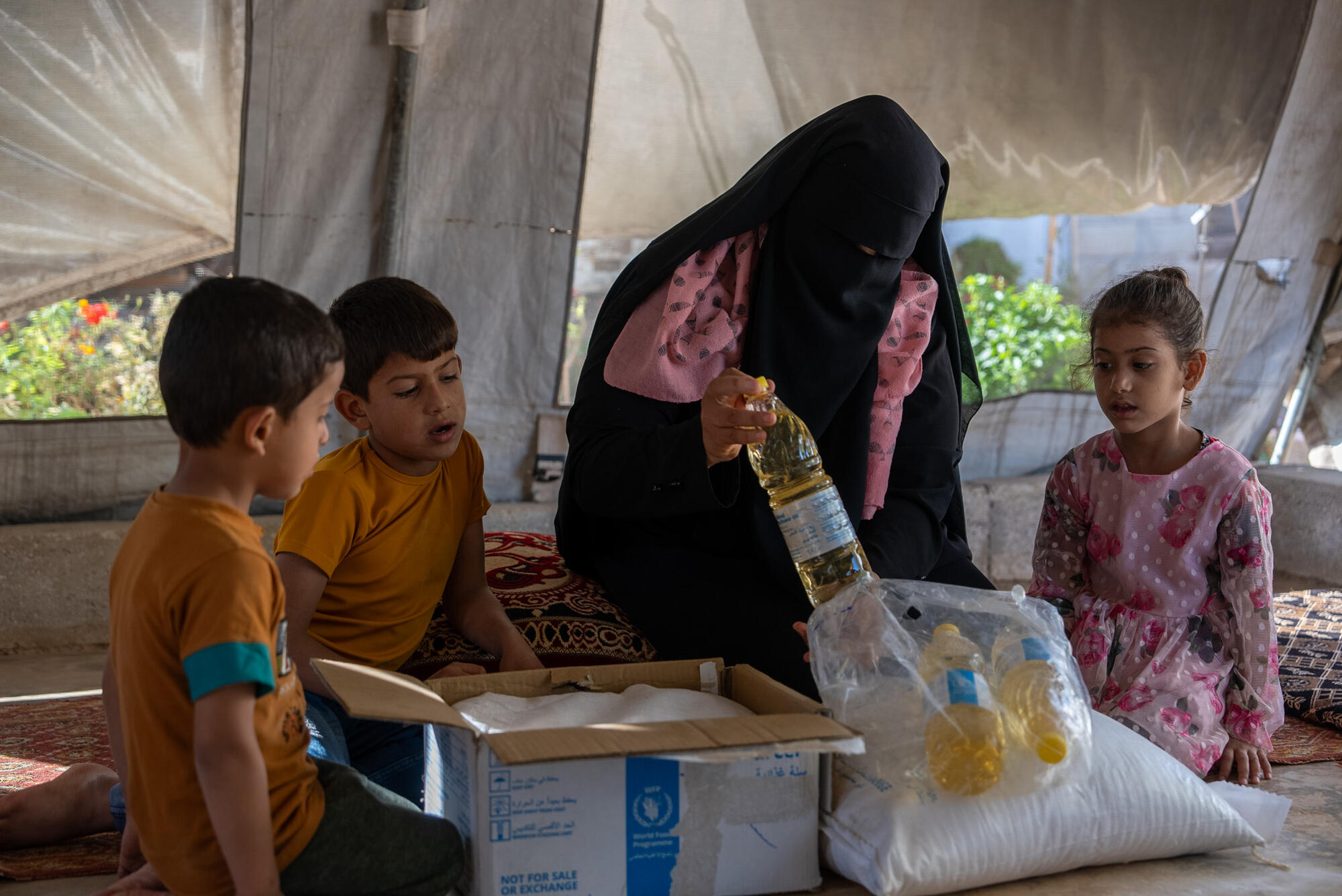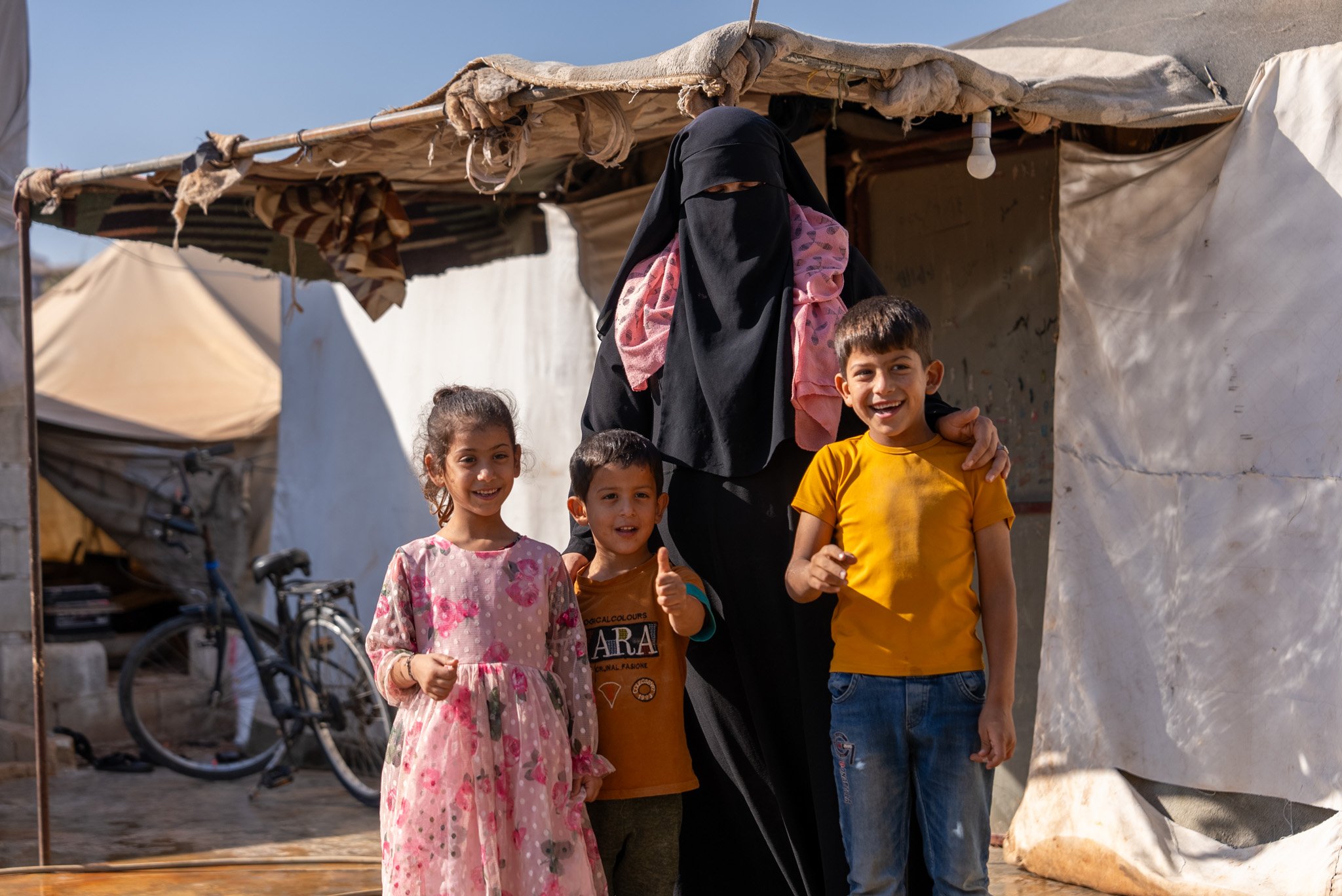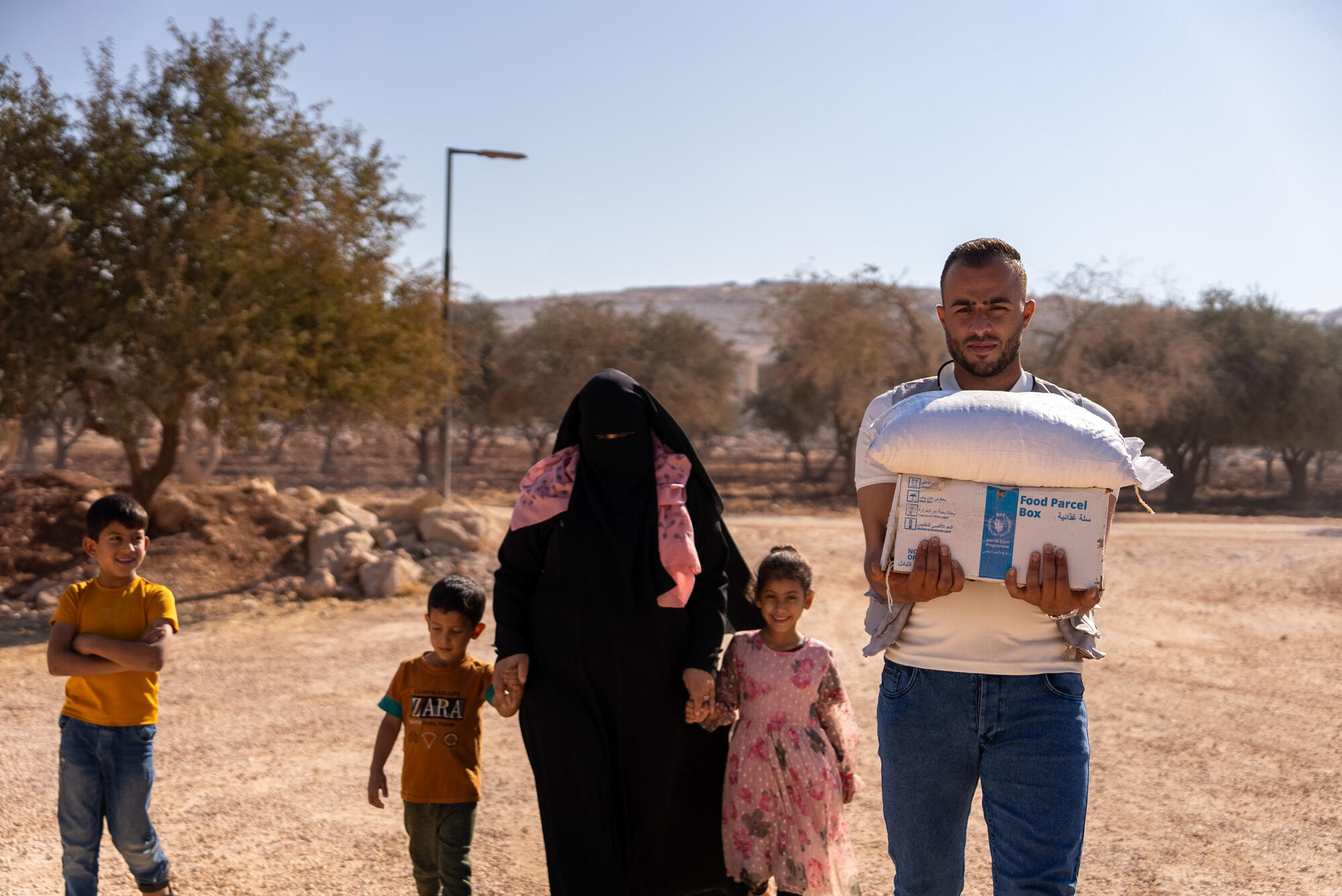Login Toast Message
Login toast message for the successfully login user
- Toast Message
-
Welcome Back, {{username}}👋
Logging you in....
Let's make a difference today.
Unremarkable to look at, small as your toddler’s thumbnail, and total chameleons in the kitchen.
What are they?
Pulses.
No, this is not a conversation about heart rate—we’re talking about the pantry staples fueling food relief efforts by World Vision and other organizations worldwide. These unassuming seeds have the power to save lives.
Pulses are edible seeds from the legume family, including lentils, kidney beans and chickpeas. While fresh legumes—like green beans—are eaten pods and all, pulses are seeds that are harvested and dried.
Pulses can be found on every continent and have been nourishing people for thousands of years. Their name comes from the Latin puls, which means “thick gruel, porridge, or mush,” a reflection of the soups and stews that often feature them.
Organizations like World Vision distribute pulses as part of food assistance programs for communities weathering natural disasters, conflict and extreme poverty. They’re nutritious, lightweight and non-perishable—everything you need in challenging conditions. (It’s no wonder the UN has given them their own annual day of recognition on February 10.)
In Syria, for example, 13 years of devastating conflict has forced families to flee their homes and 12 million people—half the country’s population—are going hungry. Food assistance is one of many ways World Vision is helping.
Um Muhammad* has been living in a refugee camp in Northwest Syria for seven years. She was forced to flee here with her seven children after her husband was killed in a bomb attack. The heartbreak and challenges have come in overwhelming waves.
As she unpacks a food parcel received from World Vision, in partnership with the World Food Programme, her young children look over her shoulder.
“The food basket may seem small, but it makes a big difference for us,” says Um Muhammad. “Hope is what keeps us alive.”
The collection of staple items includes lentils and chickpea flour—superstar pulses that will do more than simply fill her children’s bellies. Let’s break down those benefits below.



A go-to for nutritionists. Pulses are high in fibre and rich in vitamins and minerals like iron and potassium. With double the protein of whole grains, they are especially valuable where meat and dairy are scarce or unaffordable.
They transport well and last for ages. If stored correctly, pulses can last for long periods of time without losing their high nutritional value. This minimizes food waste and ensures a reliable food supply, even between harvests.
Versatile and fuss-free. Pulses are key ingredients in many regional dishes and blend easily across cultures and cuisines. Think of chickpeas in falafel, lentils in daal or beans in chili. Some varieties, like split peas and lentils, cook up easily using minimal resources, which makes them very practical in humanitarian settings.
An affordable source of nutrition. Pulses offer more protein per dollar than animal-based foods, making them essential in food assistance programs and especially valuable where diets are based predominantly on starchy, low-protein foods.
Good for farmers. In areas hit hard by climate change, pulses are a hardy, reliable crop, growing even in regions prone to drought or extreme weather. They give families flexibility since they can double as a cash crop while also being a source of household nutrition.
Good for the planet. Pulses require less water to cultivate than many other crops and protein sources. (It takes 10 times less water to produce a kilogram of lentils compared to a kilogram of beef.) Since they can pull nitrogen from the air into the soil, they also help improve soil fertility and productivity, reducing the need for synthetic fertilizers. This is great for the environment and for farmers, who may struggle to purchase fertilizers year after year.
Did you know Canada is the world’s largest exporter of pulses? We ship dry peas, lentils, beans and chickpeas to more than 120 countries every year.
Pulses remind us that sometimes, the smallest things can make a huge difference. So don’t underestimate your lentils. And don’t underestimate yourself!
Consider supporting World Vision’s life-saving Emergency Response work today.
*Name has been changed